Telemetry’s role in fishery and wildlife research and management
Organisations investing in solutions like silo monitoring hardware and software from Oriel Systems (http://www-orielsystems-com.orielsystems.com) are often intrigued to read of how telemetry – the automated making of measurements and the remote collection and transmission of data – is applied in sectors far beyond the likes of the oil and gas, chemicals, water and printing industries. One area in which these systems certainly have value is in the research and management of fishery and wildlife, with telemetry proving its worth in the monitoring of threatened species at the individual level.
For data acquisition software to work in the study of certain species, the animals are routinely outfitted with instrumentation tags, which incorporate sensors for the measurement of temperature, speed and location, making the most of ARGOS or GPS packages. In the case of marine animals, diving depth and duration is also generally measured. Through telemetry tags, researchers can learn about the behaviour, functions and environment of given animals. Archival tags can be used to store this information, or it may be sent or transmitted to a satellite or handheld receiving device.
Hydro-acoustic assessments for fish had previously involved the use of mobile surveys from boats for the evaluation of fish biomass and spatial distributions. Now, however, advanced telemetry is used, with stationary transducers being employed as part of fixed-location techniques for the monitoring of passing fish. It may have been the 1960s when fish biomass quantification was first seriously attempted, but it was at hydropower dams in the 1980s that especially significant advances in equipment and techniques took place. In the case of some evaluations, fish passage was monitored on a 24 hours a day basis for over a year, resulting in estimates of fish sizes, fish entrainment rates and spatial and temporal distributions.
The 1970s saw the invention of the dual-beam technique, enabling fish size to be directly estimated in situ via its target strength. By the early 1990s, HTI had developed the first portable split-beam, hydro-acoustic system, which was soon preferred to the dual-beam method on account of the greater accuracy and reduced variability of the fish strength estimates that it produced. It was also through this method that fish could be tracked in 3D, allowing for the determination of a fish’s swimming path and absolute direction of movement. Such remote monitoring systems proved vital in evaluating entrained fish in water diversions, as well as for studies in rivers of migratory fish.
The last three and a half decades have seen tens of thousands of hydro-acoustic evaluations, both mobile and fixed-location, conducted around the world. Certainly, for the purposes of the research and management of wildlife and fishery, telemetry solutions have never relented in their importance – and much the same could be said for the many industries that Oriel Systems (http://www-orielsystems-com.orielsystems.com) serves with aplomb. The company’s technical team is happy to listen to requests for both relatively simple and much more advanced, specialised systems.
Case studies
Don't just take our word for it, have a look at the our previous studies from a long list of prestigious clients.
Distillery Tank Level Monitoring System
Oriel Systems was asked to provide a tank level monitoring system for a leading distillery in Scotland. The system was … Continue reading Distillery Tank Monitoring

Environmental Monitoring System
Oriel Systems were asked to implement a standalone monitoring and control telemetry system for a global leader in dairy products. … Continue reading Environmental Monitoring System

Internal Drainage Board
The Challenge was to provide remote monitoring of water levels and machinery/ pumping equipment as well as fault alert and … Continue reading Internal Drainage Board


 01249 705070
01249 705070